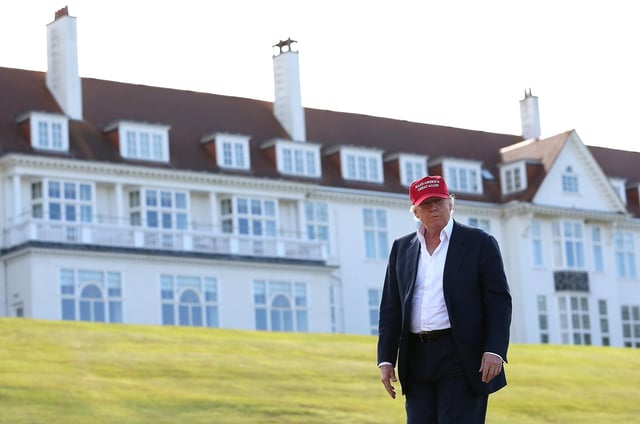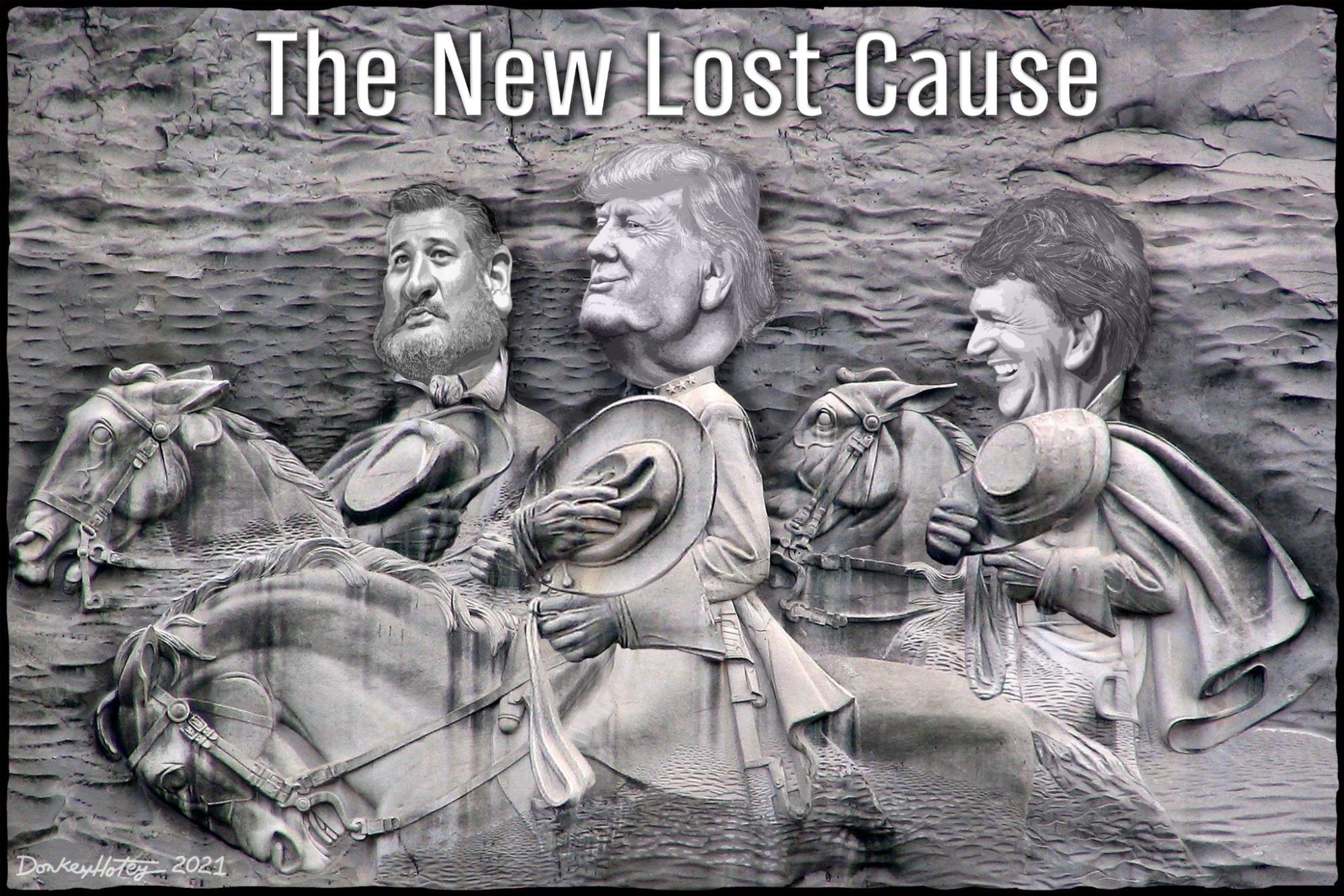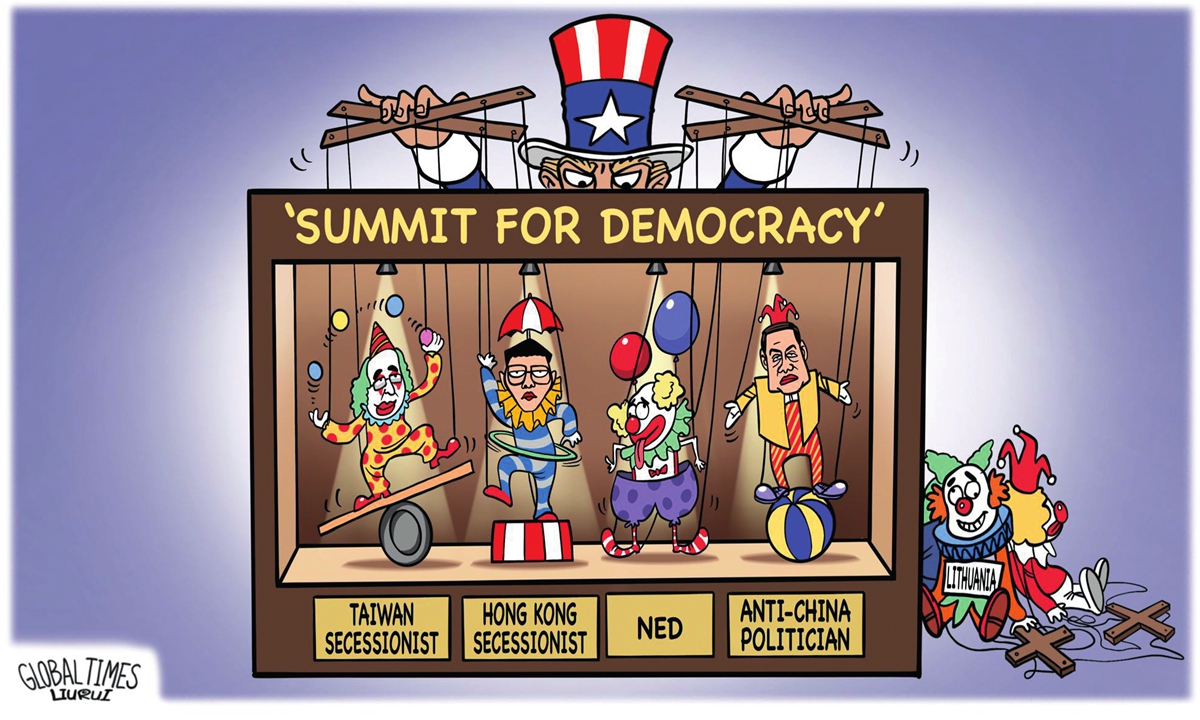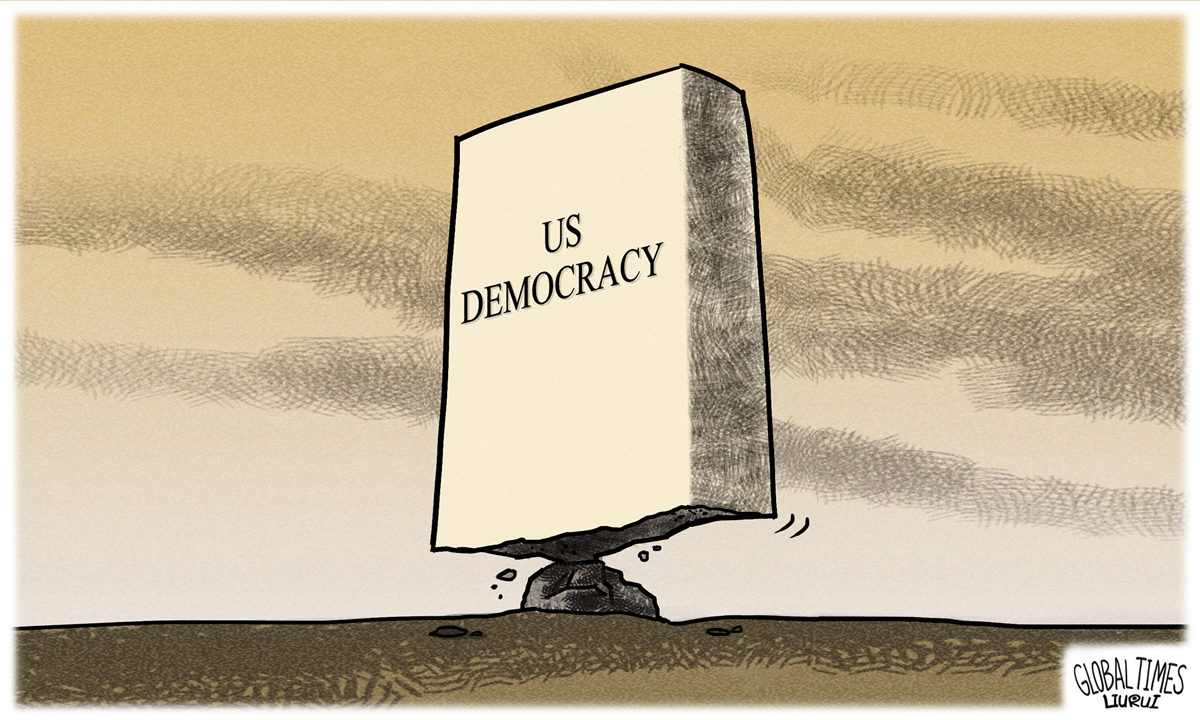The change will lead to approximately 48,000 troops missing out on the stipend
The Department of Defense (DoD) announced last week that troops in 15 metropolitan areas and 21 non-metropolitan counties in the continental United States will be cut off from a cost-of-living allowance starting Jan. 1.
The change will lead to approximately 48,000 troops missing out on the Continental United States Cost-of-Living Allowance (CONUS COLA), according to Stars and Stripes.
Approximately 6,000 service members will remain recipients of the $8.5 million that the Pentagon allocated for the stipend, which is given to troops who are stationed at excessively expensive locations in the lower 48.

U.S. Army soldiers prepare to go out on patrol from a remote combat outpost on May 25, 2021, in northeastern Syria. (Photo by John Moore/Getty Images)
The 2022 list comprises 20 non-metropolitan counties and six metropolitan areas, which include New York City, Long Island, and Staten Island in New York; Nantucket, Mass.; Boulder, Colo.; and San Francisco, Calif.
The COLA rate is based on information gathered by a contractor, which analyzes cost of transportation, goods and services, federal income taxes, sales taxes, and miscellaneous expenses, according to the DoD.

In this June 3, 2011, file photo, the Pentagon is seen from air from Air Force One.
(AP Photo/Charles Dharapak, File)
A location becomes eligible for COLA when non-housing costs exceed 8% above the national average.
Among the locations that were cut in 2022 is the Washington, D.C., area, where troops had received a 1% supplement in 2021. Stipends for troops in Boston and Worcester, Mass., also got the ax.
Troops located in New York City will receive the highest stipend at 6%, which is down from 7% in 2021.
How much COLA a service member earns depends on geographic duty location, pay grade, years of service, and dependency status. The Pentagon explained that monthly payments for each CONUS COLA percentage point vary from $33 to $59 per month for troops with dependents, and from $22 to $45 per month for those without dependents.
A location becomes eligible for COLA when non-housing costs exceed 8% above the national average.
Among the locations that were cut in 2022 is the Washington, D.C., area, where troops had received a 1% supplement in 2021. Stipends for troops in Boston and Worcester, Mass., also got the ax.
Troops located in New York City will receive the highest stipend at 6%, which is down from 7% in 2021.
How much COLA a service member earns depends on geographic duty location, pay grade, years of service, and dependency status. The Pentagon explained that monthly payments for each CONUS COLA percentage point vary from $33 to $59 per month for troops with dependents, and from $22 to $45 per month for those without dependents.








